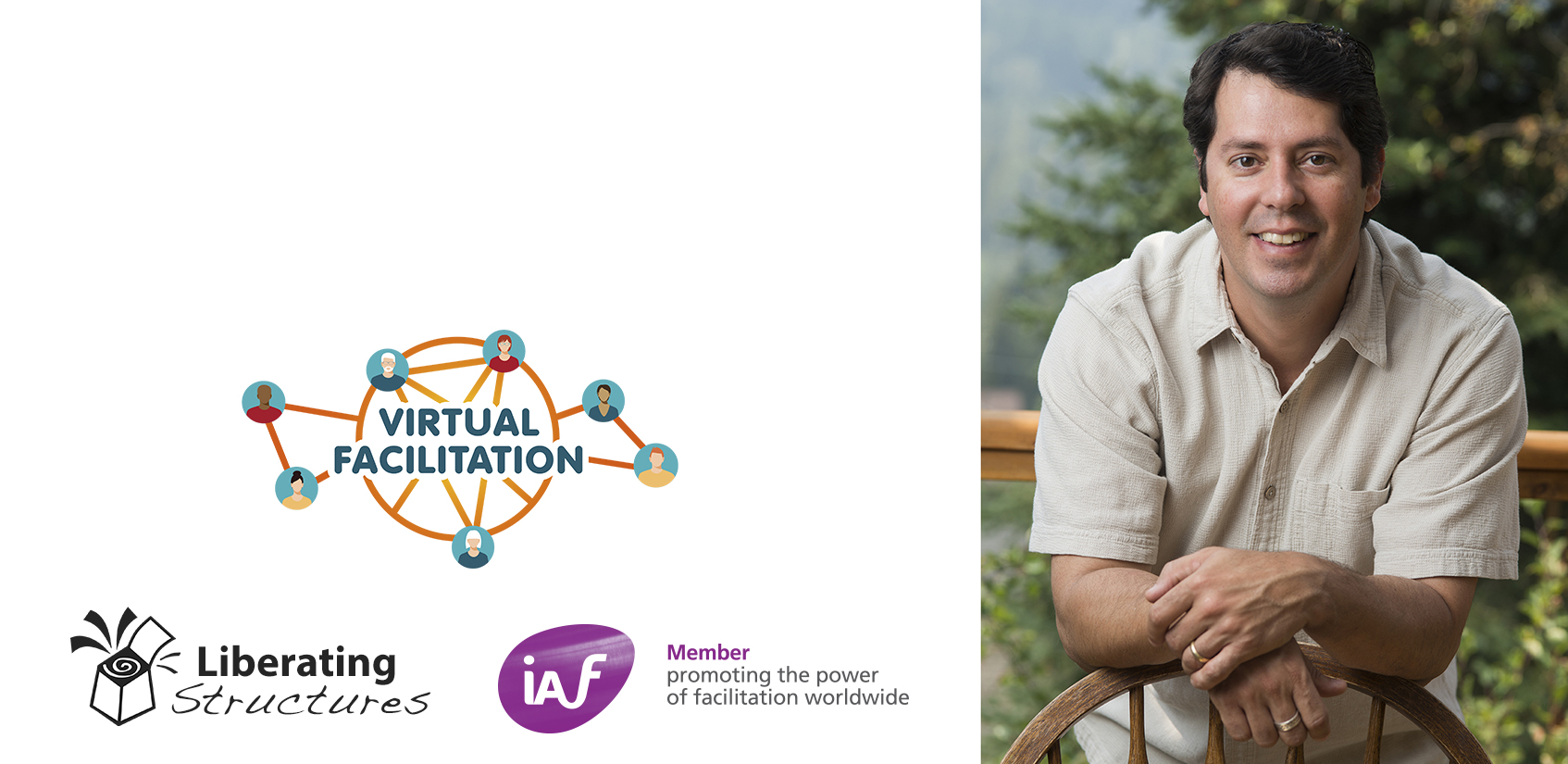The 4 Big Challenges in the Digital Transition
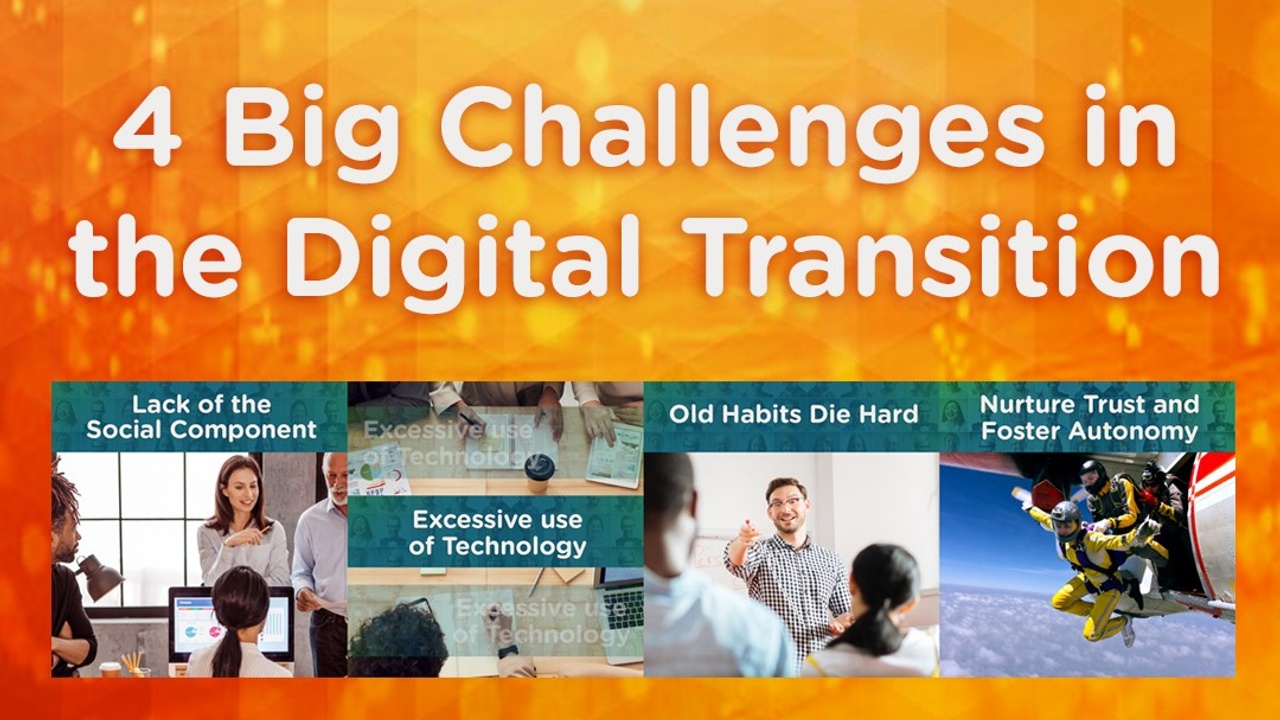
The transition to the virtual environment is not trivial. For many organizations, it is still full of uncertainties and insecurities. Our clients talk frequently about the limitations and problems while trying to perform their activities as it was previously done. We know from experience that this transition is hard and uncomfortable. But we also know that after a certain threshold, this changing process becomes exciting and even fun.
A big part of our work nowadays is to support professionals and organizations to overcome some barriers while adapting workshops, events and meetings into an online version. Working with people from different countries and cultures, we noticed some patterns, which we identified as the main challenges in the transition from face-to-face to the virtual environment:
- Lack of the Social Component
- Excessive use of Technology
- Old Habits Die Hard
- Nurture Trust and Foster Autonomy
Let’s take a look at each one to be aware of the challenges, and also get some tips and hints to overcome them.
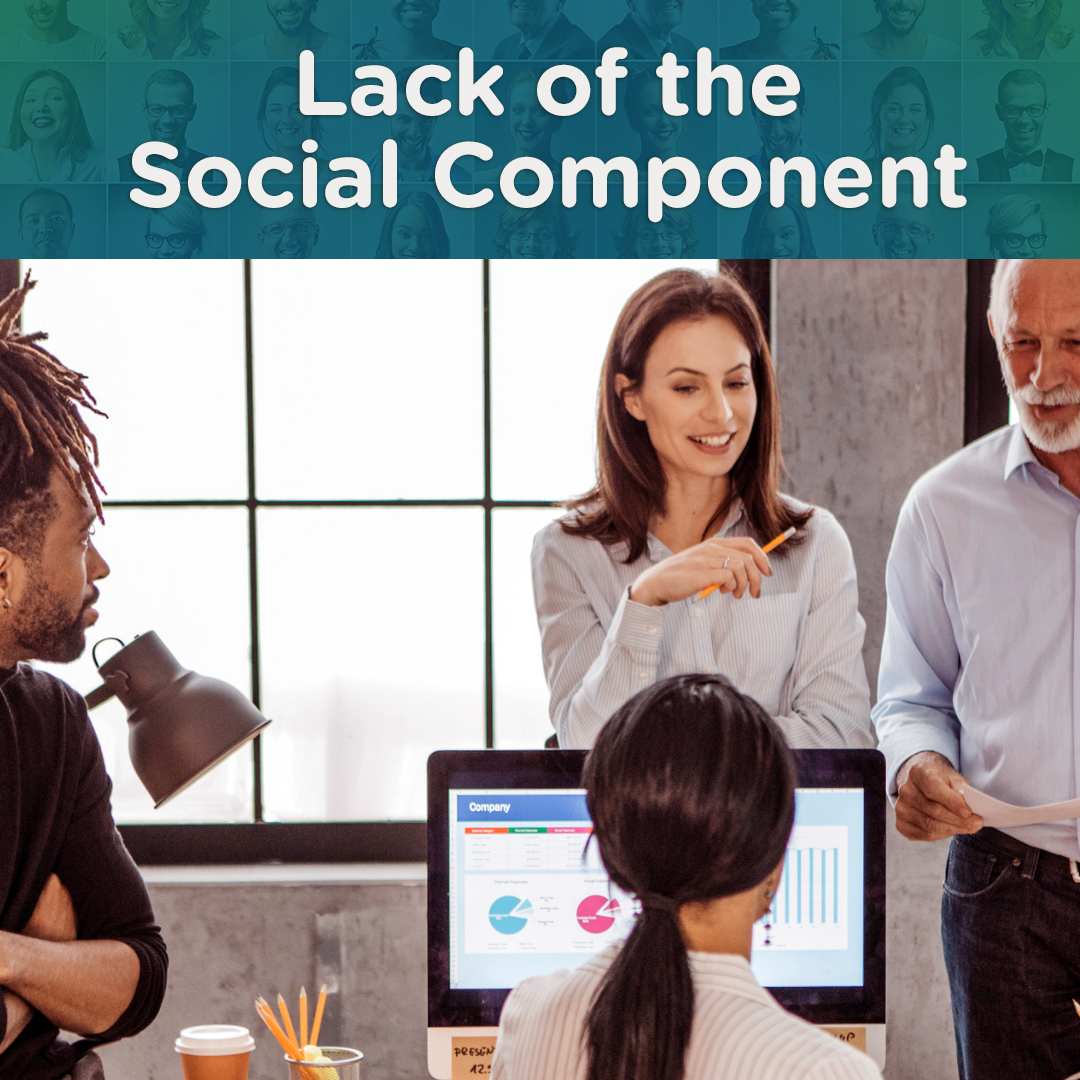
Lack of the Social Component
In the face-to-face environment, informal conversations happen naturally and spontaneously before, during and after each meeting or event. In this sense, the face-to-face environment is much richer in social opportunities.
In the virtual, the flurry of meetings via Zoom, Teams and alike has become a nightmare. With a single click, you arrive at a new meeting without walking through a hallway, and worse, without a physical and mental break. At the same time, this is a huge advantage in terms of saving time and resources, and also a huge challenge regarding the lack of the natural social component.
To overcome this challenge, it is necessary to intentionally structure moments for a free and informal interaction among people. These moments can happen at the beginning, in the middle and at the end of a meeting. And even a brief five minutes conversation is extremely relevant to revitalize everyone. Do small tests, and notice the results in people’s faces and energy levels.
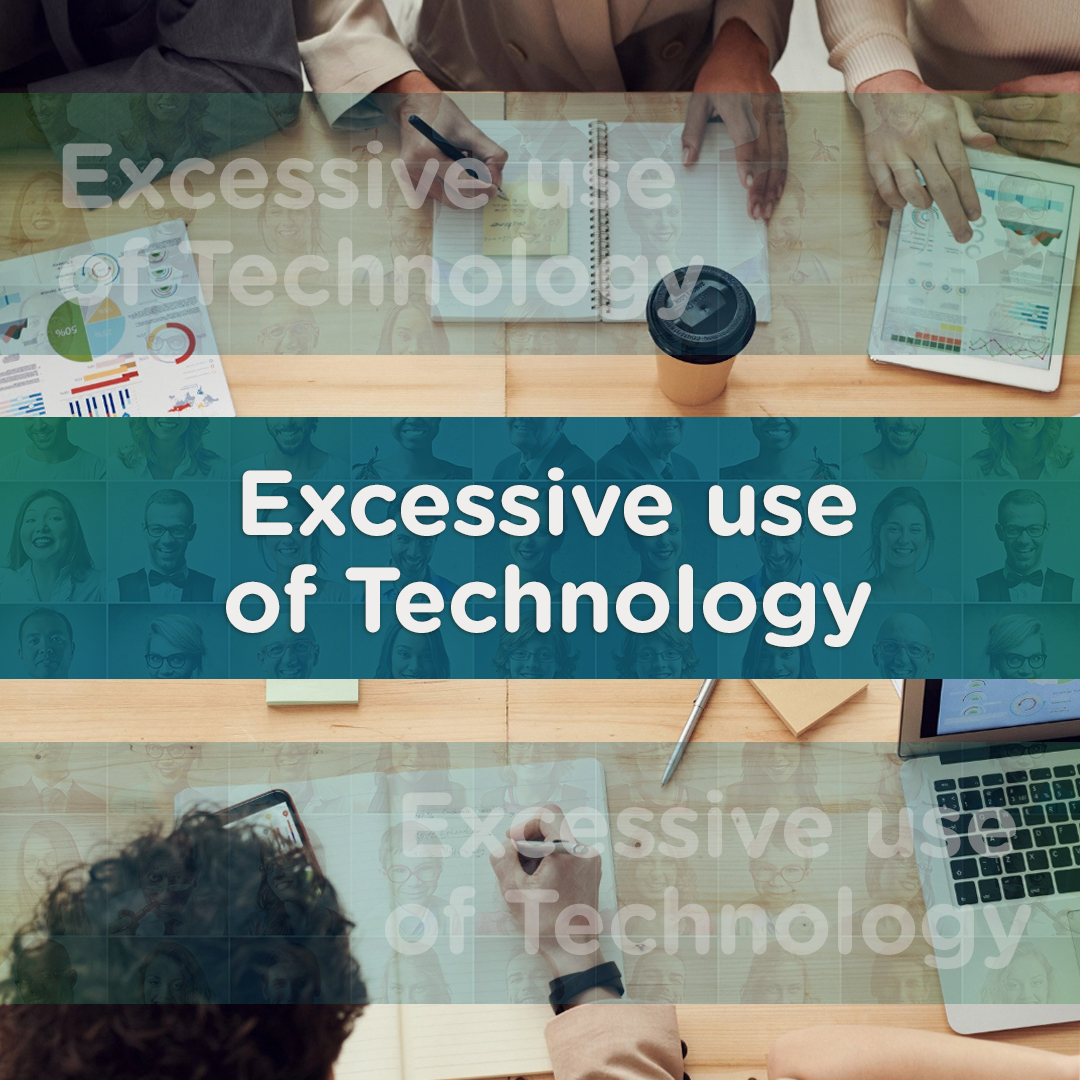
Excessive use of Technology
When online, we rely from the start on technology, for example, sound and video. And perhaps because of the multiple possibilities and novelties available, the use of technology is often excessive, without necessarily generating better results. For example, the use of vibrant virtual backgrounds, ice-breaking pollings and ‘interactive’ quizzes and games. In the long run, it is very tiring.
On one hand, some tools make it possible to achieve better and faster results, on the other hand, these same tools can reduce the connection between people, or even exclude and reduce participation due to the difficulty of access or use. It is a fine balance.
To overcome this challenge it is important to pay attention whenever adding any new layer of technology between people. The golden rule is ‘Less is More’. If you are planning to add a tool, check if it will enhance the interaction among participants and/or make it possible to achieve better results. Another possible question is: “Is there a simpler and easier way to get the same result?”.
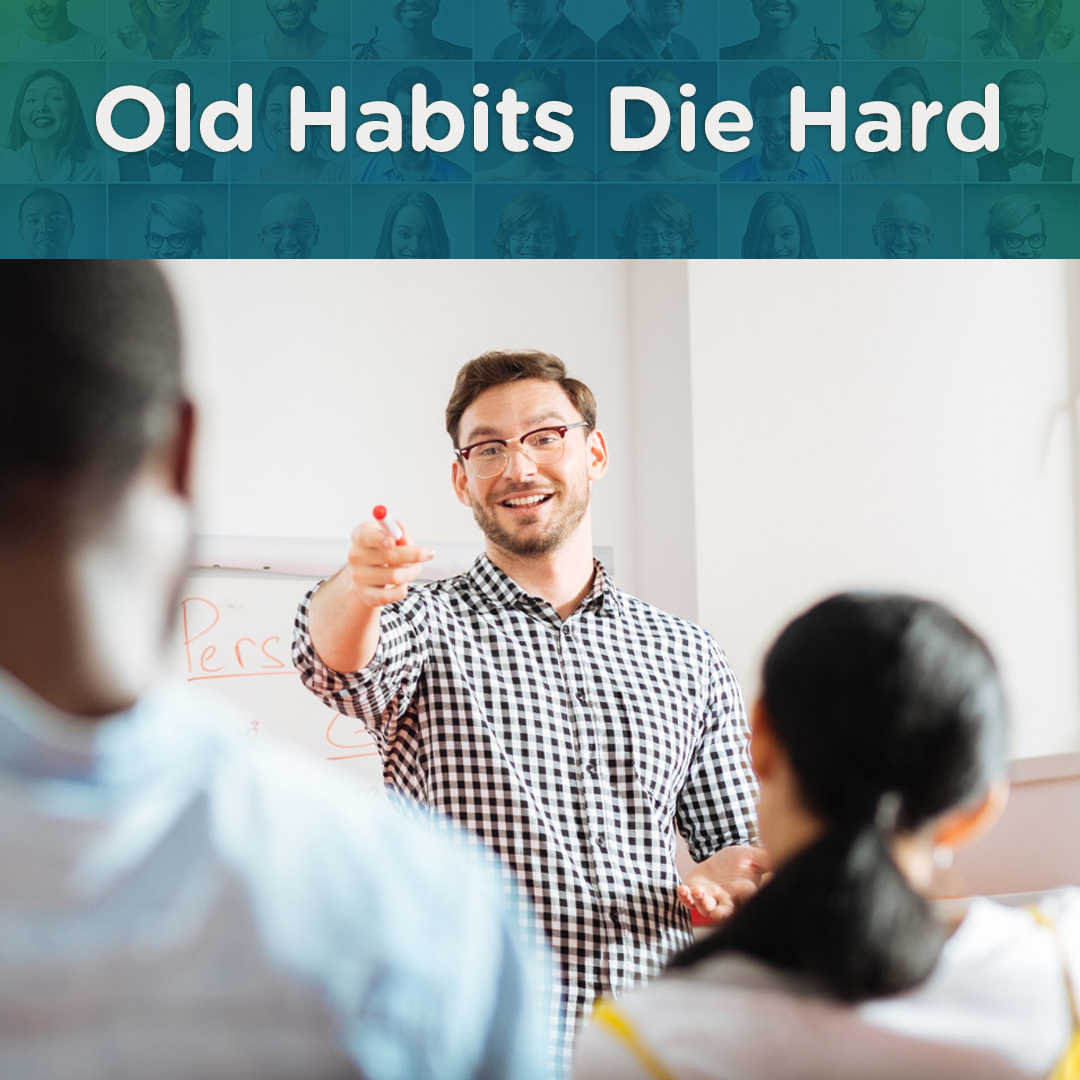
Old Habits Die Hard
This is perhaps the biggest one, as in a new and challenging environment we tend to make use of everything we already know, and what worked well before. However, this logic can be a disaster, as many habits and routines on face-to-face meetings simply don’t work in the virtual environment.
As an example of the repetition of old habits, I like to illustrate with an experience: I once was with a client in an online event at the beginning of the pandemic. Right from the start, even without people in the virtual room, the client was already sharing his screen with a slide showing the event name, date and coordinators. Clearly, a habit brought from face-to-face events, where it is common to have an opening projection on the main wall. In virtual events, the shared screen greatly limits the view among participants while ‘arriving’ in the room.
One of the best ways to overcome this challenge is to work in partnership with other facilitators, observing and learning from people who are more experienced with online events. An open and honest feedback exchange about what works and what doesn’t will help you improve your practice and discover new possibilities.
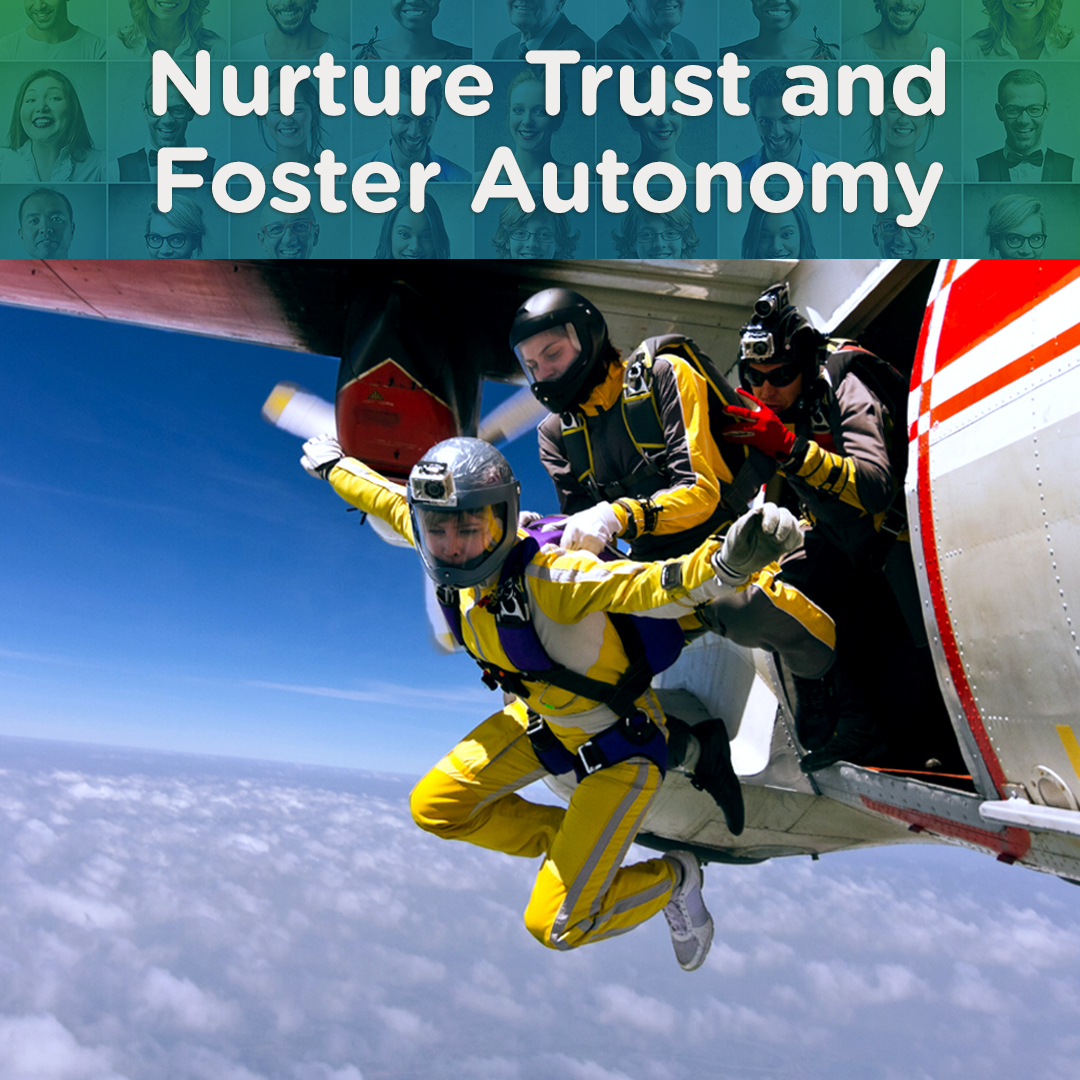
Nurture Trust and Foster Autonomy
Teams already living in a trustful and autonomous environment didn’t have much trouble at the beginning of the pandemic. And the opposite is also true. This is because remote and distributed work essentially requires trust and autonomy to function properly.
When it comes to virtual facilitation, it is important to review our role and practice when supporting groups. If you have a habit of summarizing, taking notes and synthesizing what is said by the participants, you may risk over-helping the group. On the other hand, if words and ideas do not become visible and shared, the risk is to get off track.
A practical example of how to nurture trust and foster autonomy during an online event: Set some small group work along the agenda using a shared document. In this way, individuals can collaborate and synthesize their ideas without the presence of a facilitator. When together again in the main room, each small group can share their insights and ideas using the document as a reference. The facilitator may stay in the main room and follow all small groups’ work in real-time through the shared documents. A hint: In the case of a harvest in plenary, it is interesting to start with a group with well-developed ideas. It helps to role model the process and strengthen the autonomous work of the small groups.
I hope these tips can help you identify and overcome these challenges and make your online meetings and events even better!
Working remotely consistently since 2015, I have had the privilege of meeting amazing people who contributed with my development. For all of them I am truly grateful. My intention here is to simply share what I’ve been learning and keep exchanging and evolving with all Facilitators.
